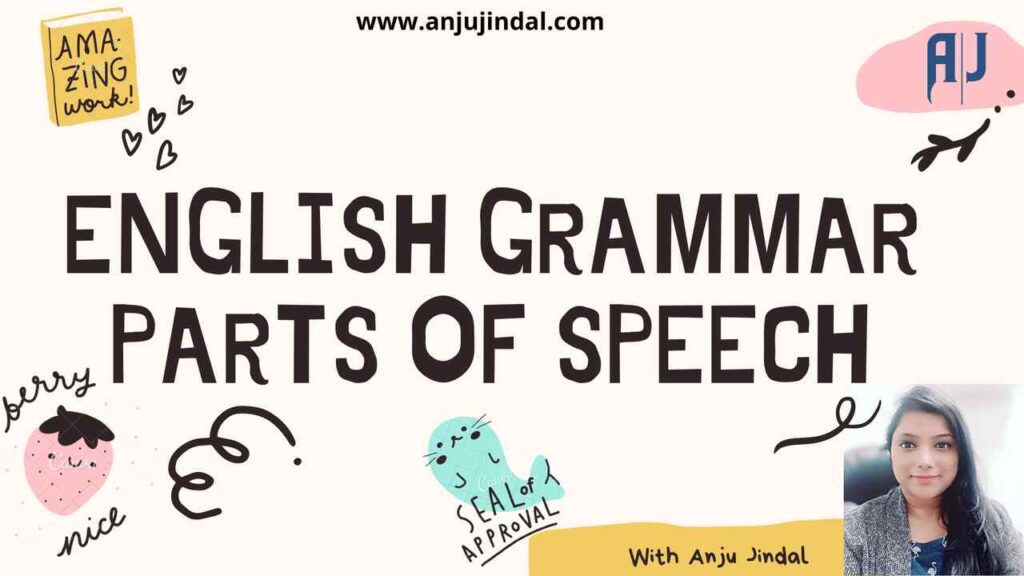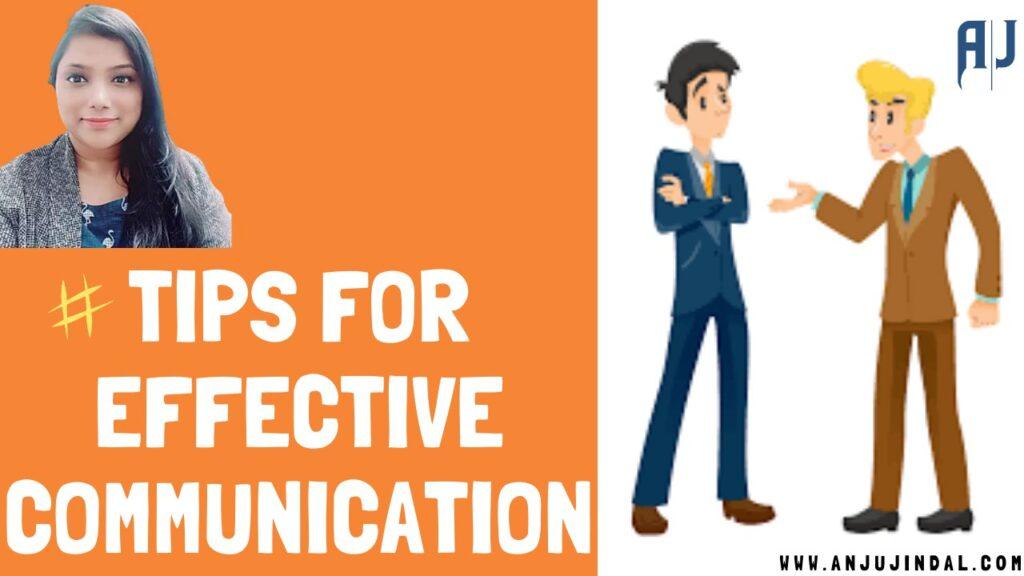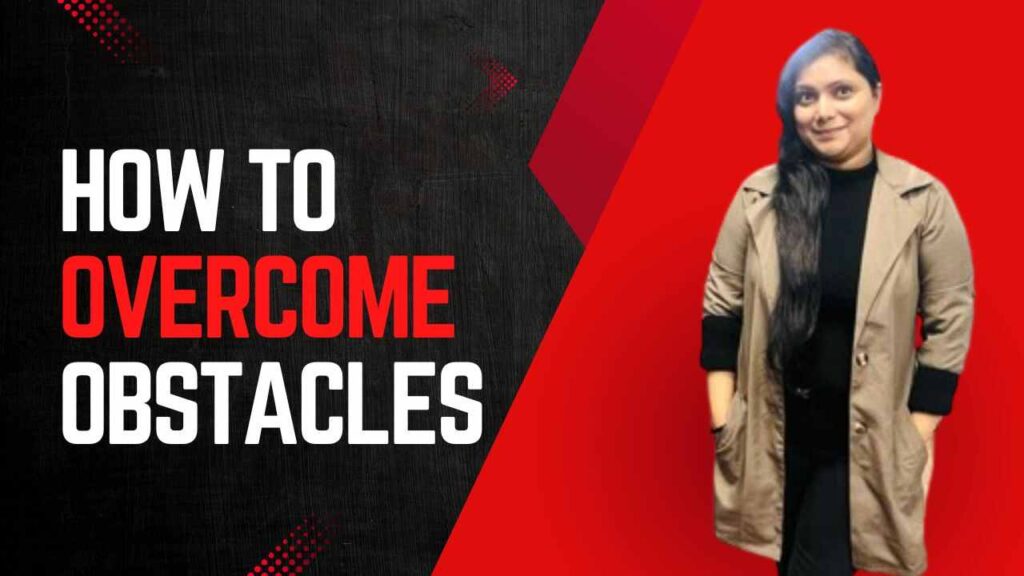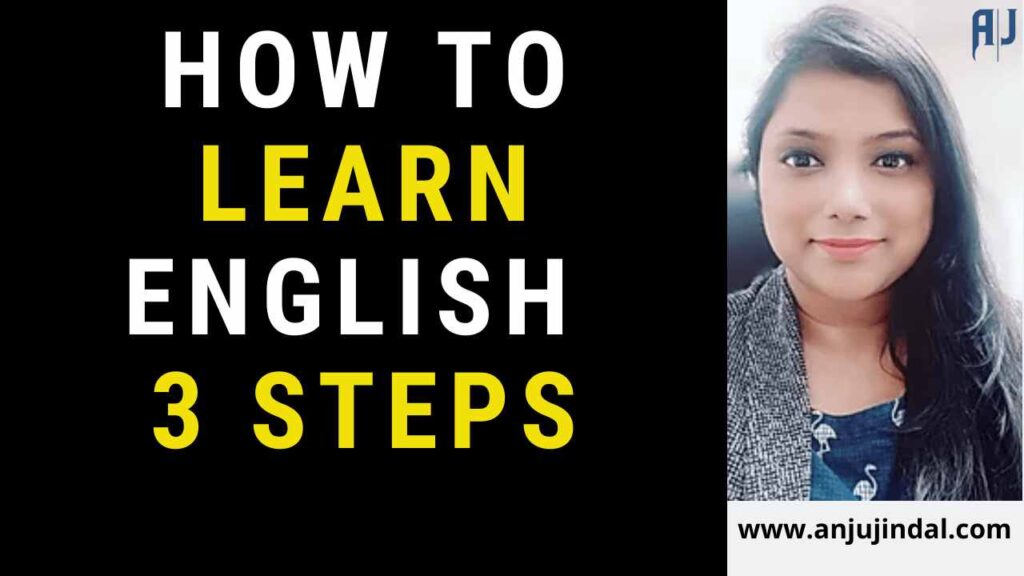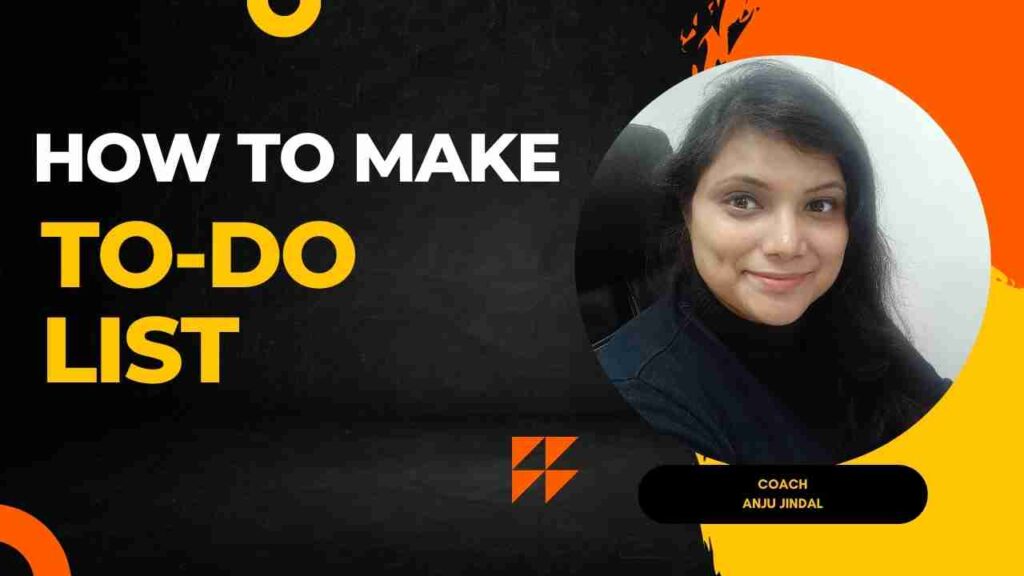Parts Of Speech – English Grammar
Do you find English difficult?
Do you fear the grammar of English?
Language is based on some basic rules and regulations and so is the case with English. English has its own grammar specifying the rules for spoken and written English.
The main things which need to be understood are that yes, it is true that we need to know the rules, but what also needs to be known is that spoken English is different from the written English.
In spoken English, there are some of the rules which we surely need to know which are also beneficial for written English with other more rules.
The rules include:
Know the sounds for the Alphabets
Pronunciation
Punctuations
Basic sentence structure
In this blog, we will talk about parts of speech. So, let us just check all the parts of speech.
The part of speech tells how the word is used in meaning as well as grammatically within the sentence. One single word can be used as more than one part of speech when used in different situations.
We need to understand the parts of speech as they are important for knowing the correct definition of a word when used.
There are eight parts of speech in the English language which are:
Noun
Pronoun
Verb
Adjective
Adverb
Preposition
Conjunction
Interjection
The parts of speech are divided into two parts:
Open classes: Noun, Verb, Adjective, Adverb
Closed classes: Pronoun, Preposition, Conjunction, Interjection
Noun
A noun is a part of speech or word which is the name of a person, place, thing, or idea for e.g. – man, college, house, etc. Nouns are mostly used with an article, but not always. There are various types of nouns like proper nouns, common nouns, collective nouns, abstract nouns, in which the proper noun always starts with a capital letter.
There can be singular or plural, collective, or abstract. We can show possessions by adding ‘s to a noun. A noun can be used as a subject, object, subject.
E.g. – A young boy brought me a very long letter from the teacher.
Pronoun
A pronoun is a part of speech or word which is used in place of a noun for e.g.- he, she, they, etc. A pronoun is mostly used as a substitute for a particular noun.
Pronouns are of many types which are personal pronouns that refer to a specific person or thing; possessive pronouns that show ownership; reflexive pronouns emphasize another noun or pronoun; relative pronouns introduce a subordinate clause; demonstrative pronouns identify or refer to nouns.
E.g. –A young girl brought me a very long letter from the teacher.
Verb
A verb is a part of speech or word that expresses action or being. There are two types of verb main verb and helping verb. The main verb like- sing, eat, etc., and helping verb like- is, are, etc.
A verb must be according to its subject in number both are singular or both are plural. Verbs have different forms to express tense.
E.g.-The young girl brought me a very long letter from the teacher.
Adjective
An adjective is a part of speech or word that is used to modify or describe a noun or a pronoun like pretty, old, blue. It generally answers the question of which one, what kind, or how many.
E.g.-The young girl brought me a very long letter from the teacher.
Adverb
An adverb is a part of speech or word that describes or modifies a verb, an adjective, or another adverb, but never a noun like gently, carefully, well, etc. It generally answers the questions of when, where, how, why, under what conditions, or to what degree.
Adverbs generally end with “-ly”.
E.g. -The young girl brought me a very long letter from the teacher.
Preposition
A preposition is a part of speech or word that is used before a noun or pronoun to form a phrase and modifies another word in the sentence e.g. – by, with, about. The prepositional phrase mostly functions as an adjective or as an adverb.
E.g. -The young girl brought me a very long letter from the teacher.
Conjunction
A conjunction is a part of speech or word that joins words, phrases, or clauses, and specifies the relationship between the elements joined e.g. – and, but, or etc.
There are two types of conjunction which are:
Coordinating conjunctions connect equal elements which are and, but, or, nor, for, so, yet.
Subordinating conjunctions connect clauses that are not equal which are because, although, while, since, etc.
There are other types of conjunctions as well.
E.g. –The young girl brought me a very long letter from the teacher, and then she quickly disappeared.
Interjection
An interjection is a part of speech or word used to express emotion like oh, wow etc. It is mostly followed by an exclamation point.
The young girl brought me a very long letter from the teacher. Oh my!
These are all the parts of speech and the way they work.
About the Author: Anju Jindal
Anju is a trainer, entrepreneur, and career growth specialist who helps students, working professionals, women, and Job seekers to reach out to their goals by implementing a Career Growth plan
